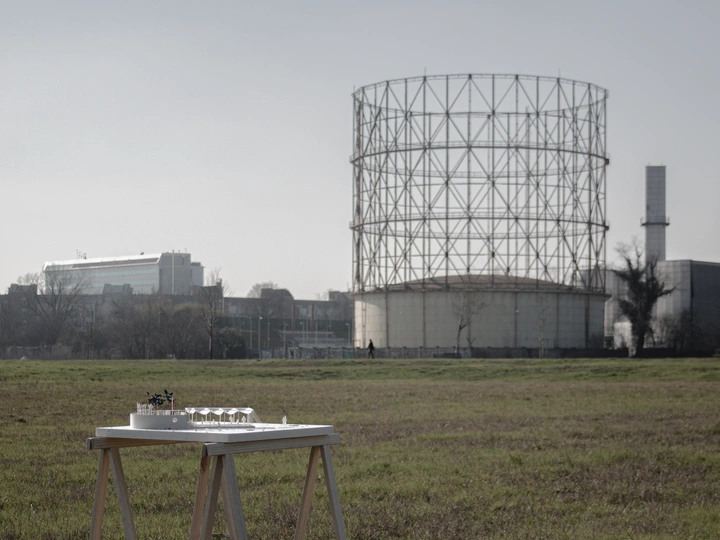Ignored realm. Multispecies urban visions

Agostino Omini (Milan, Italy, 1997) studied and graduated in 2022 in Architettura – Ambiente Costruito - Interni at Politecnico di Milano (110L/110) with a thesis entitled "Ignored realm. Multispecies urban visions", investigating the role architecture plays in creating imaginaries that envision new ways of being on Earth.
During the course of his education, he became passionate about and delved into themes related to architecture conceived as a theater of unprecedented interactions, with the aim of broadening his gaze toward broader themes.
In 2022 he comes third together with Anna Setti and Samuele Palladino in the international competition "MIRC - Mantova International Regeneration Competitions" with the project "Populus (and other species) square".
From 2023 he joins the research group Laboratorio Carcere, which investigates the role of architecture as a tool capable of forcing the relationship between spaces inside/outside prisons.
In the current crisis of paradigms taken for granted, the peri-urban fabric represents the territory of rebirth, overcoming the globalizing and unifying vision to make room for a multiform logic capable of taking into account the diverse needs of the "peoples" who inhabit our everyday life. The constant and historical Human/Nature opposition loses its place in favor of a vision that takes into account what we thought was inert: in Gaia, the totality of these beings, finds its name.
The inclusion within the planning discourse of the themes that coexist in today's metropolises is more than ever a necessary act.
A design that takes into consideration the instances derived from the dramatic situation humanity is facing and gives attention to the outdated dialogue between city and countryside, based on an exclusive and non-inclusive logic.
The project thus becomes a speculative fabula, a FS, a play, a “wordling” of an imaginary that is perhaps distant, but desirable and attainable.
The threads of a relationship are stretched on a multispecies scale, creating connections and providing cues that represent seeds that future farmers will plant.
Micorrize, hence the name of the project, represent a symbiotic association at the root level between a fungus, called a mycelium, and a higher plant.
This bond, which is structured in considerable extension by expanding the roots in length, allows for a changing exchange of nutrients and creates a unicum between the plants that make up this relationship.
Just as it works at the root level, so the project allows for the communication of the different realities that animate this place: an enclosure that contains a cosmic territory, capable of including humans and nature, sacred and technological.
Micorrize also represents a temple placed to guard a character, the rural one, that experiences a situation of fragility within the city's peri-urban fabric.